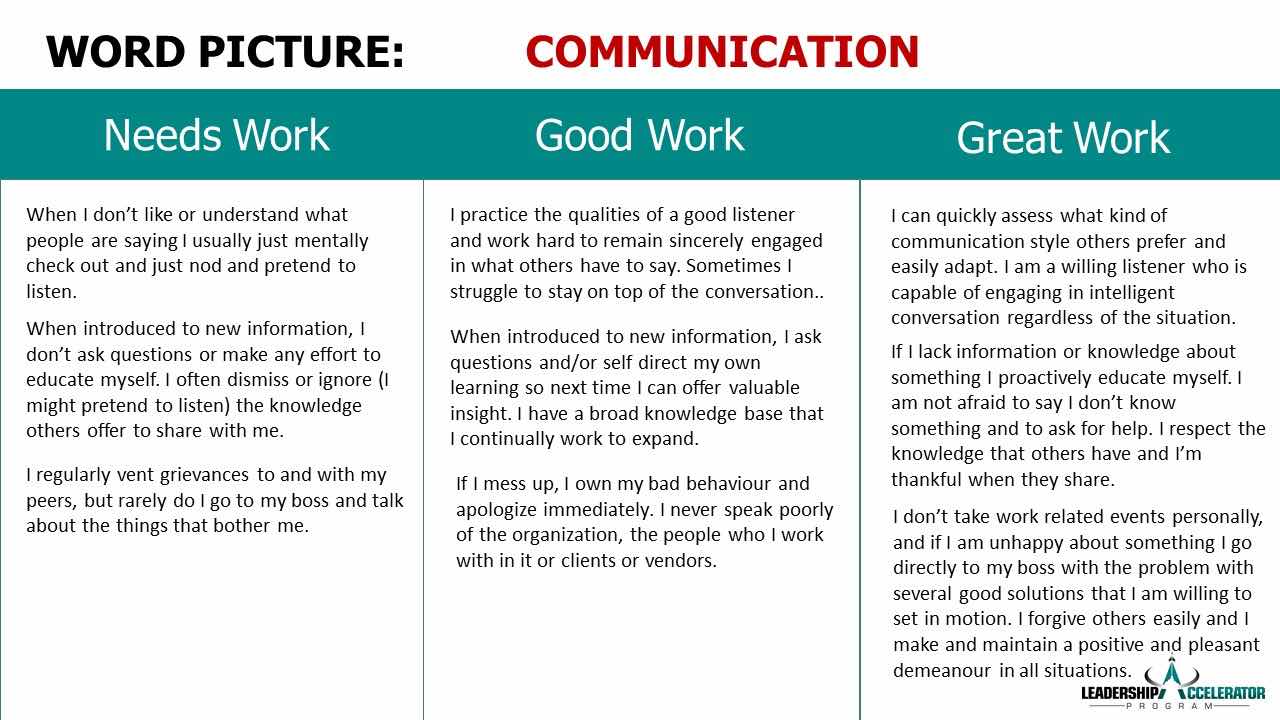When was the last time you had a look at your company’s Bullying and Harassment policy?
Every organization is required to have one, but perhaps it’s called a Human Rights, Harassment, and Discrimination Policy or a Respectful Conduct in the Workplace Policy.
Regardless of the title, it’s the actual content of the policy that counts.
Purpose Statement:
That policy will generally start with a Purpose Statement, that might read something like:
- The (insert your name here) Company is committed to providing a work environment in which all individuals are treated with mutual respect and dignity. We also recognize that employees have the right to work in an environment that is free from harassment as prohibited by the BC Human Rights Code. This Policy sets out guidelines for the reporting, investigating and resolving of Complaints of harassment in an effort to ensure a respectful workplace for everyone.
The Contents Of The Policy:
The policy must also include:
- The appropriate legislation, such as the Human Rights Code of British Columbia and the Workers Compensation Act.
- Clear information about to whom the policy applies (quick answer: everyone in the workplace! From customers, contractors, volunteers, employees, supervisors, and managers all the way through to members of any Board that provides oversight).
- An identification of the different levels of responsibility that apply. This is intended to describe the responsibilities under the Policy of workers, supervisors, and the employer.
- The types of behaviour that are prohibited, spelled out specifically and in detail. Just stating, “Don’t do things that are annoying and unwelcome,” is not going to be good enough (well, it might be, until you have your first ‘test’ of the policy. That is how most organizations learn, I’m afraid…).
One Source Of Workplace Conflict: A Minimalist Approach To Your Policy:
Before we embark on delivering workplace training for any organization, we ask our client to send us a copy of this Respectful Workplace Policy.
I have to say that my heart sinks a little when we receive the pdf of the Policy and it consists of one page.
[bctt tweet=”I have to say that my heart sinks a little when we receive the pdf of the Policy and it consists of one page.” username=”fioretraining”]
Maybe it’s a mistake, I tell myself. “Nope,” the client responds, “You have it all. Just the one page.”
This, to me, represents a nightmare waiting to happen.
A “minimalist approach” is not always in the company’s best interest when it comes to policies and procedures, especially with regards to bullying and harassment.
But perhaps that’s why they’re in contact with us in the first place. And together we can lay out the specific behaviour that is considered to be bullying, harassment, or discriminatory.
After all, statistics taken from numerous surveys that are focused on employee behaviour stated that only 29% of employees feel that their organization always or almost always clearly defined what behaviours are necessary in order for them to achieve success.
Meanwhile, roughly 50% of employees say the opposite, i.e., that the organization has never or almost never, defined those behaviours.
Have you ever gotten a performance appraisal with language such as, “Meets Expectations?”
What on earth does that mean?
If employees have never been told what sort of behaviours they are supposed to demonstrate in order to achieve success (because it has never been spelled out to them), no wonder “mediocre,’” “average,” or “meets expectations” is the result. No one knows what to aim for.
So, how do we fix this?
One Solution To Workplace Conflict: Clarity And The Use Of Word Pictures:
I was recently introduced to the concept of Word Pictures which, when properly applied within the workplace, eliminates misunderstanding regarding expectations of behaviour and conduct and reduces the likelihood of workplace conflict regarding conduct as a result.
Word Pictures describe specific categories of behaviour in groupings under the titles: Needs Work, Good Work, and Great Work.
And it’s no tricky matter, Word Pictures are exactly what the name suggests. The idea is to paint a picture, with words of course, of the specific behaviours that you want to see demonstrated.
In turn, your employees will be able to envision themselves exhibiting those behaviours just as the vivid words describe.
Correctly built, they are designed to answer YES to the following questions:
- Have the specific behaviours been described?
- Can you observe the specific behaviours?
- Would you be able to grade the specific behaviours based on the Word Picture?
- Would two strangers be able to understand the organization’s expectations based on the Word Picture?
- Would two strangers be able to grade your employees based on the behaviours that they see compared to the Word Picture?
Here is an example of a Word Picture dealing with Communication at work.

As you can see, a Word Picture clearly provides a description of what behaviour is categorized as Needs Work (aka Not Acceptable here), Good Work, and Great Work—there shouldn’t be too much room for misinterpretation or uncertainty.
Obviously, this can’t just be posted in the break room. It must go hand in hand with promotion and awareness training. And then comes the hard work of maintaining accountability and consistency throughout the workplace so that everyone knows that this is a standard that actually means something (and isn’t just lip service because someone read a leadership column in an airline magazine on their last flight back from Mexico).
Ideally, it should be part of the hiring process. People should know the specific behaviour that is expected of them from the start (as well as the specific behaviour that is prohibited), in order to build and develop a respectful workplace culture.
And when it comes time for an employer to terminate an employee because of some bad behaviour, those clearly expressed policies that have been laid out from the start, make that tough job a bit easier.
Additionally, perhaps that employee can take the feedback to their next job, instead of the vague “average,” or “mediocre” they might usually receive.
If you do the work in advance, a bullying and harassment nightmare may be avoidable.
Unfortunately, the one-page policy just won’t cut it…







Leave A Comment